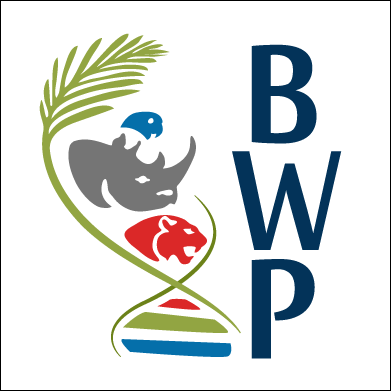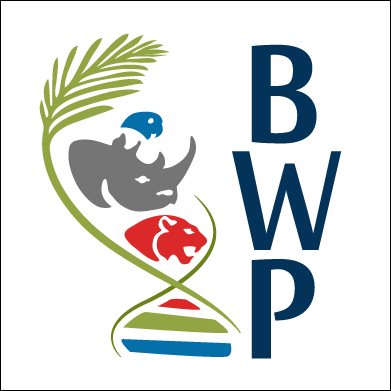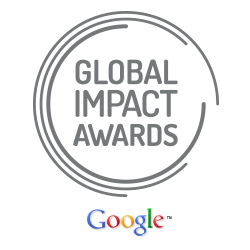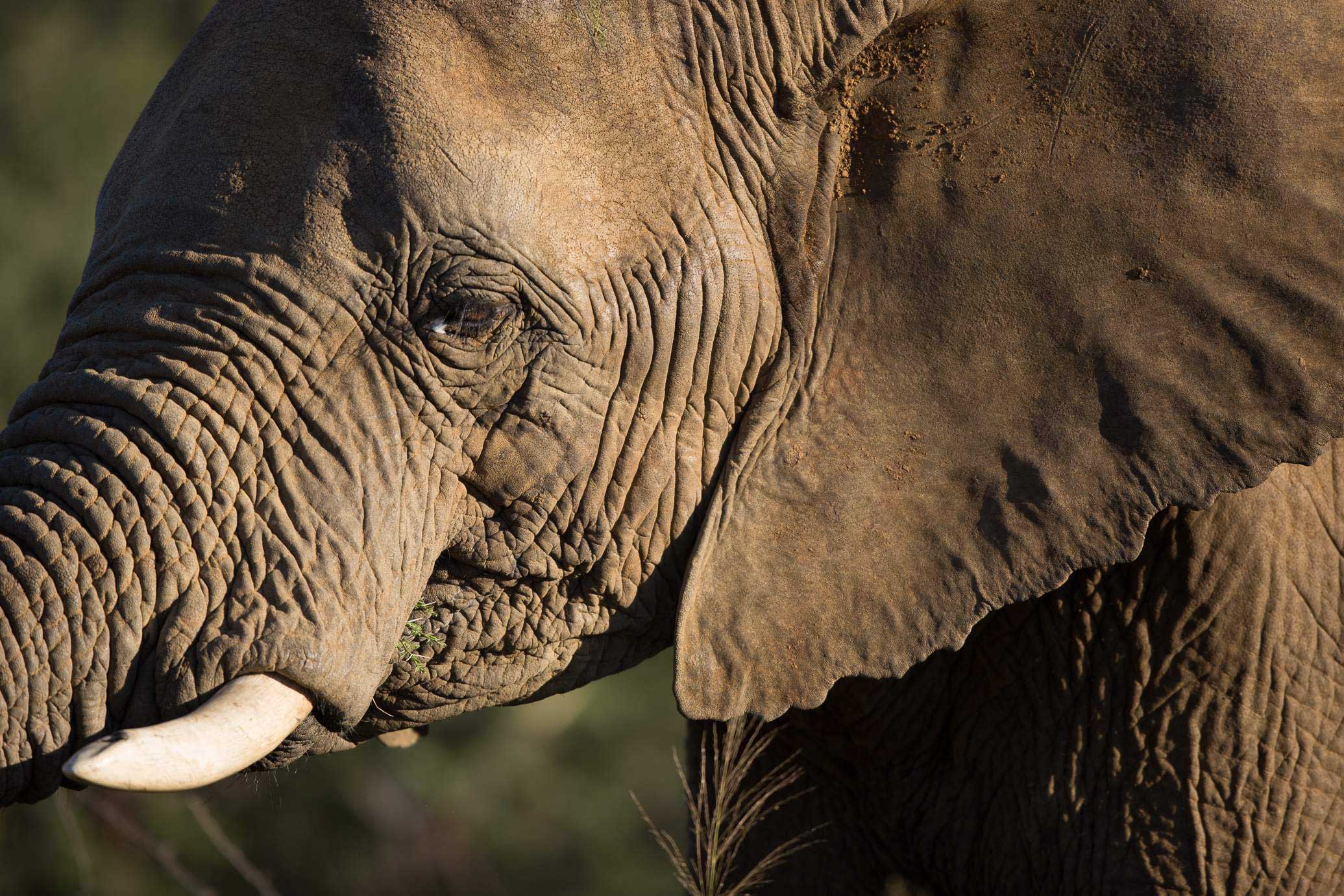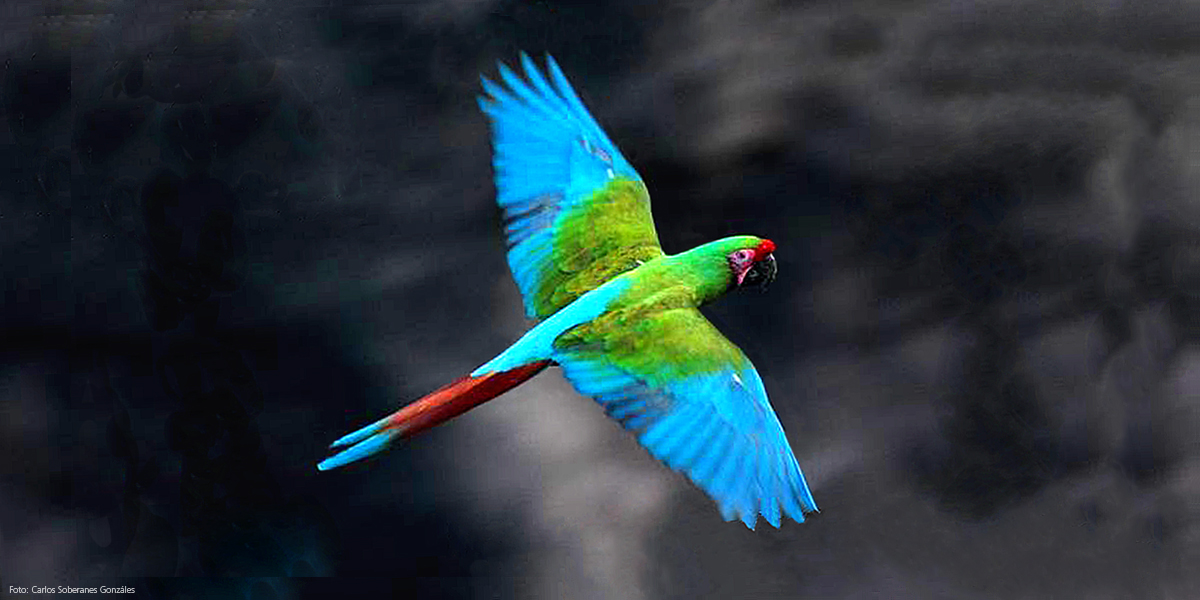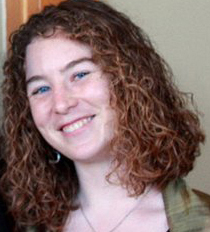
Shortly after DNA barcoding was proposed in 2003, CBOL was created with the goal of developing a global research community of DNA barcode researchers, institutions, and users. The CBOL Secretariat Office at the Smithsonian Institution in Washington, D.C., has brought more than 200 member organizations in more than 50 countries together for conferences, workshops, and joint projects. Together they have generated hundreds of thousands of standardized data records that are available free for use to identify species by their DNA.
Learn more about the team and what they're currently up to on the CBOL page.
